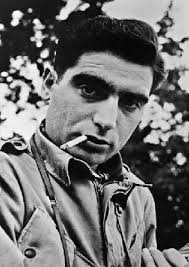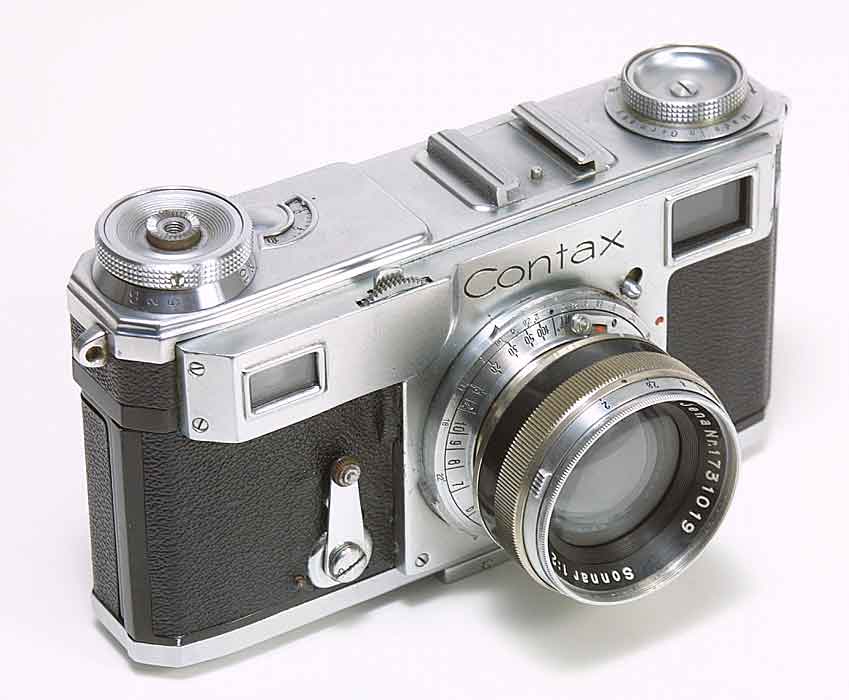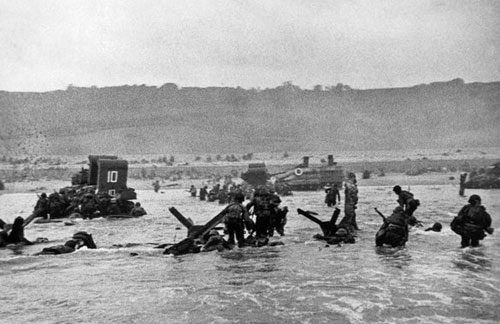War Photography
 |
"If your photographs aren't good enough,
you're not close enough." - Robert Capa |
Robert Capa:
Robert Capa was well known war photographer and photojournalist, who worked for 'Life' magazine. Capa went to five different wars: the Spanish Civil War, the Second Sino-Japanese war, World War II, the 1948 Arab-Israeli War, and the First Indochina War, where he captured different moments of war, as it was happening, inside and outside of battles. He has build his reputation mostly by capturing reality of war.
One of his famous photographs, that he took during the Spanish Civil War, is "The Falling Soldier". On that photo Capa captured a Loyalist fighter at the moment of being shot in the head and killed.
 |
| "The Falling Soldier" - September 1936 |
The photograph has received some controversy that it has been staged, and that it was taken in a different location than Capa has said.
World War II
By working for a "Life" magazine Capa had the advantage of being able to freely enter and leave any war zone that he would choose, and the decision whether to risk his own life and be as close as possible with the soldiers that were fighting or stay behind. Robert Capa had the possibility to capture war outside fighting zones. He could take photographs of people and their life during war to show how it affected them, and what was happening outside fighting zones.
Capa was equipped with a better camera, than American G.I. Soldiers, to be able to capture pictures more efficiently and with better quality. To capture the moments of World War 2, outside and inside fighting zones, Capa used Zeiss Contax II camera.
 |
| A camera that Robert Capa has used during WWII |
The "Life" magazine gave him freedom of what pictures he could take, knowing that they would not be censored or not published. He also did not need to process the photographs himself, as he only needed to send the film rolls to a publishing magazine that he worked for. The photographs had less chance of being lost, and could be published as soon as possible, but the photographs had a risk of being destroyed, because the photographs been rushed to be processed and printed as soon as possible, increased a chance of a making a mistake.
 |
| ITALY. A group of German prisoners of war captured by American troops. July 1943. |
Unfortunately that is what happened to Capa's photographs of the Battle of Normandy on Omaha Beach (D-Day). A simple mistake done by the staff who was developing the images, due to pressure the proper procedure was broken, and it destroyed most of those photos, only 11 shots have survived out of 4 rolls of film.
Photographs of "D-Day"
 |
Men of the 16th Infantry Regiment seek shelter
from German machine-gun in shallow water behind
"Chezh hedgehog" beach obstacles, Easy Red sector, Omaha Beach. |
 |
| Omaha Beach, several days after the landing. |
More of Capa's work of WWII
 |
| ITALY, Sicily, 1943. A member of the American medical corps treats a German prisoner of war. |
 |
GERMANY. 1945. An American soldier killed
during house to house fight against German troops. |
 |
| GERMANY. 1945. Near Wesel. German farmers fleeing their burning houses. |
Tony Vaccaro:
 |
| Tony Vaccaro |
Tony Vaccaro is a well known photographer, who was drafted to the U.S. army an sent to Europe during World War II, where he started his career as a photographer.
Vaccaro was motivated to take pictures of war to show the world how dreadful it was, as he thought that the people must know shocking reality of war.
Unlike Capa, Vaccaro had a completly different perspective of war, he despised Capa's words, describing the war as "Romantic".
Being involved in fights personally, seeing his friends and fellow soldiers being killed in front of him, Vaccaro captured every moment that he thought was important, despite being shot at. Even though he was not able to choose where to go to take photographs, he had a better position, than Capa, to capture war on the battlefront.
 |
| The Last Surprise: German soldier killed in Ardennes. Dec 31, 1944 |
As a soldier, Vaccaro could only afford an 'Argus C3' camera, which was smaller and more efficient than the standard issued 'Speed Graphic' cameras by the army. The negatives were also processed by Vaccaro himself, using four soldier helmets with water and chemicals that he found in the ruins of a photo shop. It drastically increased a chances of them being damaged. An army had the right to destroy any photograph that the U.S. army thought should not be seen by public.
 |
| Argus C3, a camera that Tony Vaccaro called 'Black brick' |
Vaccaro's work of World War II
 |
| White Death |
 |
'The Last Step' Dec. 11, 1945- Vaccaro captured his buddy
just before he was shot and killed. |
 |
Hope for Humanity -
a photograph taken after the liberation of France in 1944 |















No comments:
Post a Comment